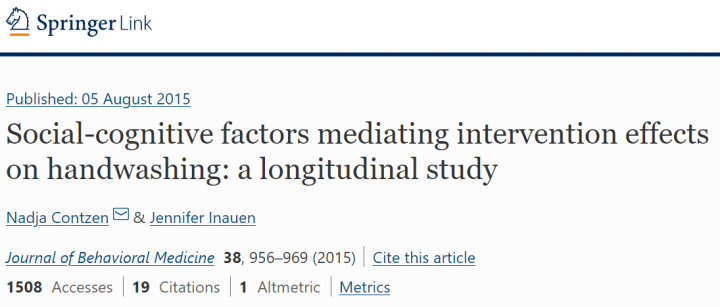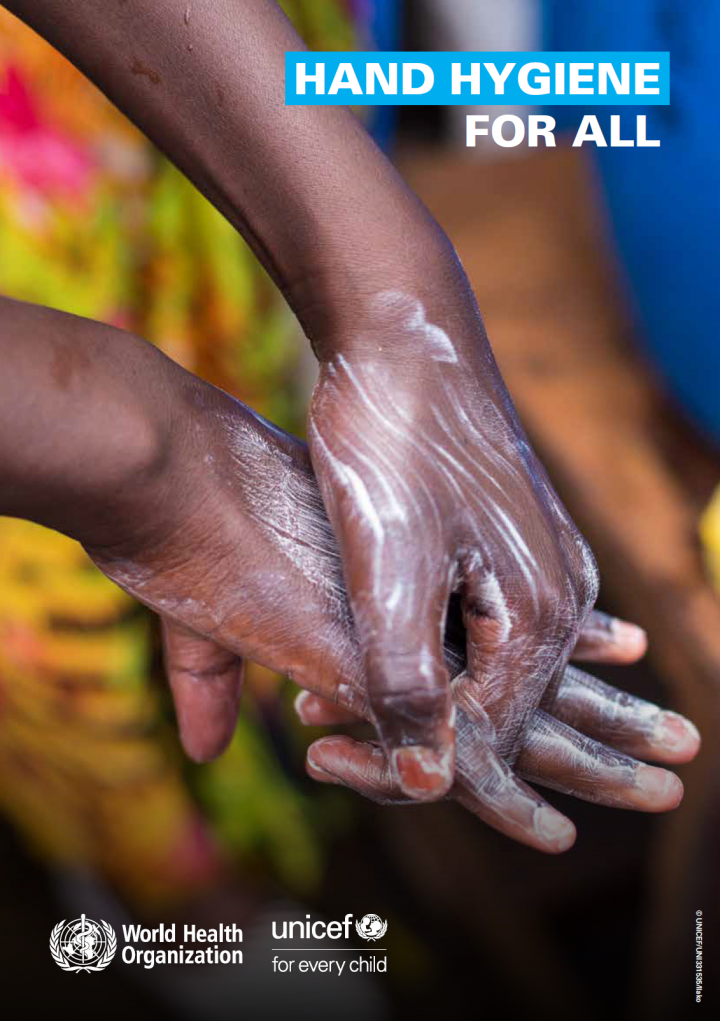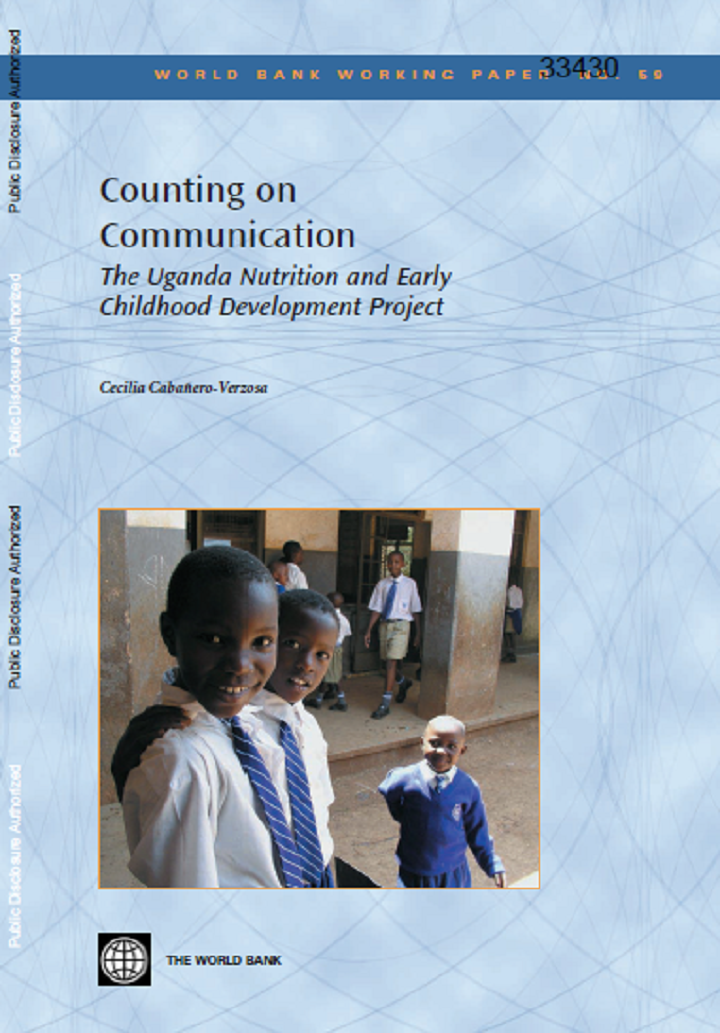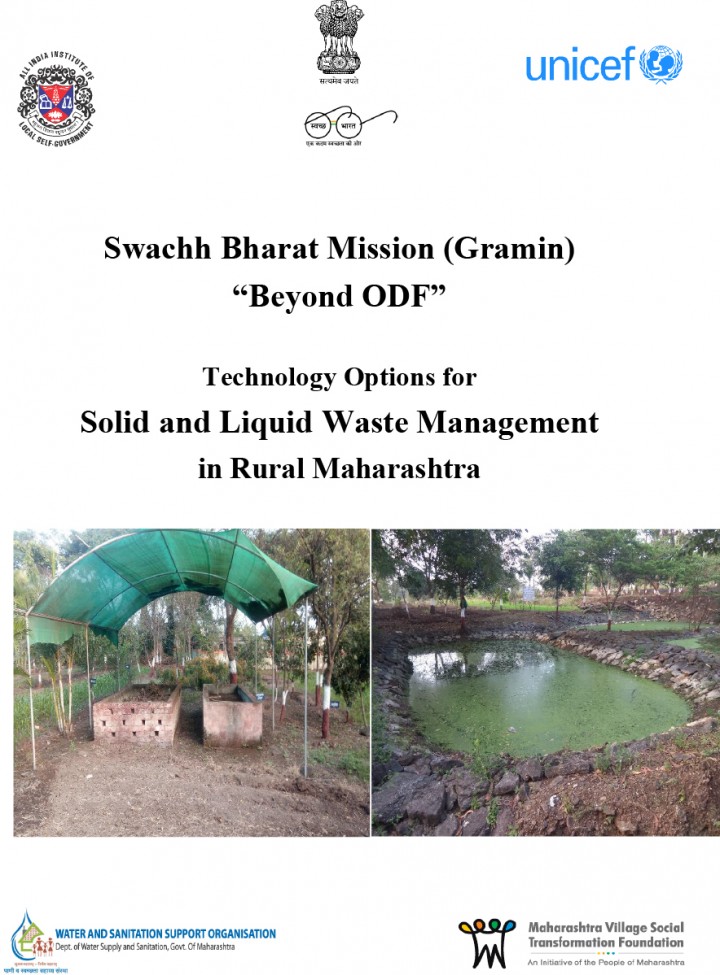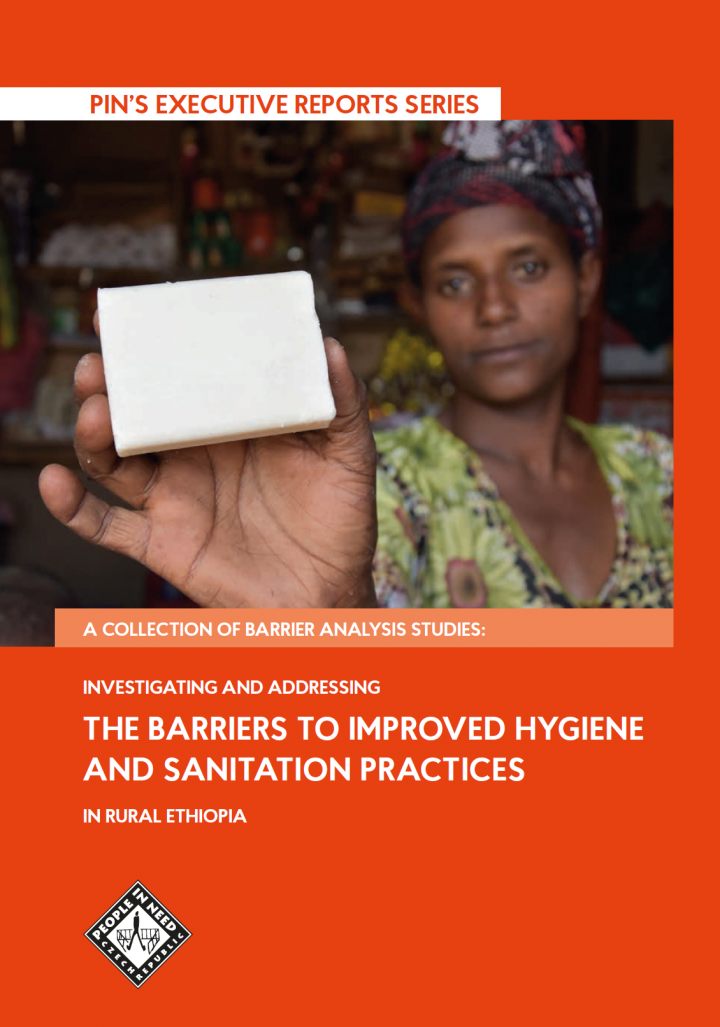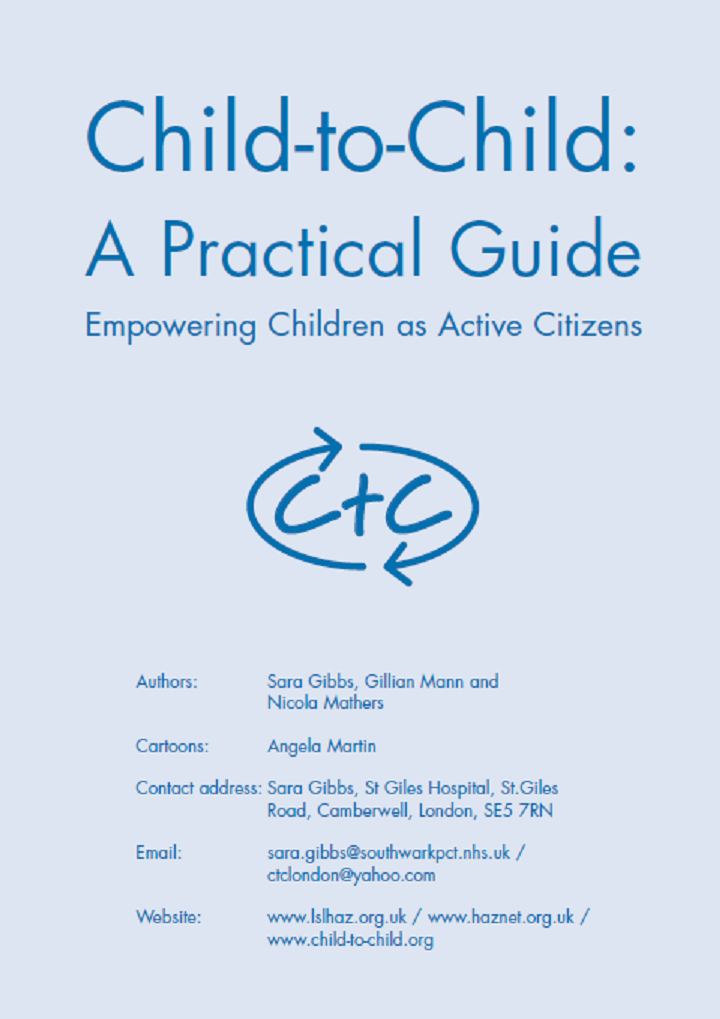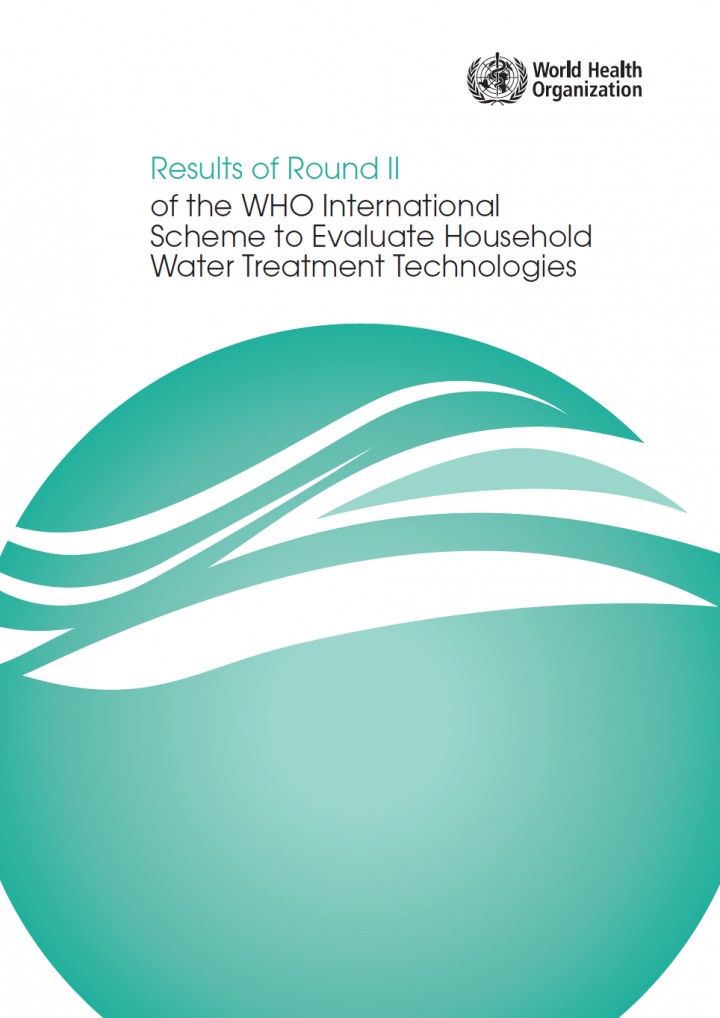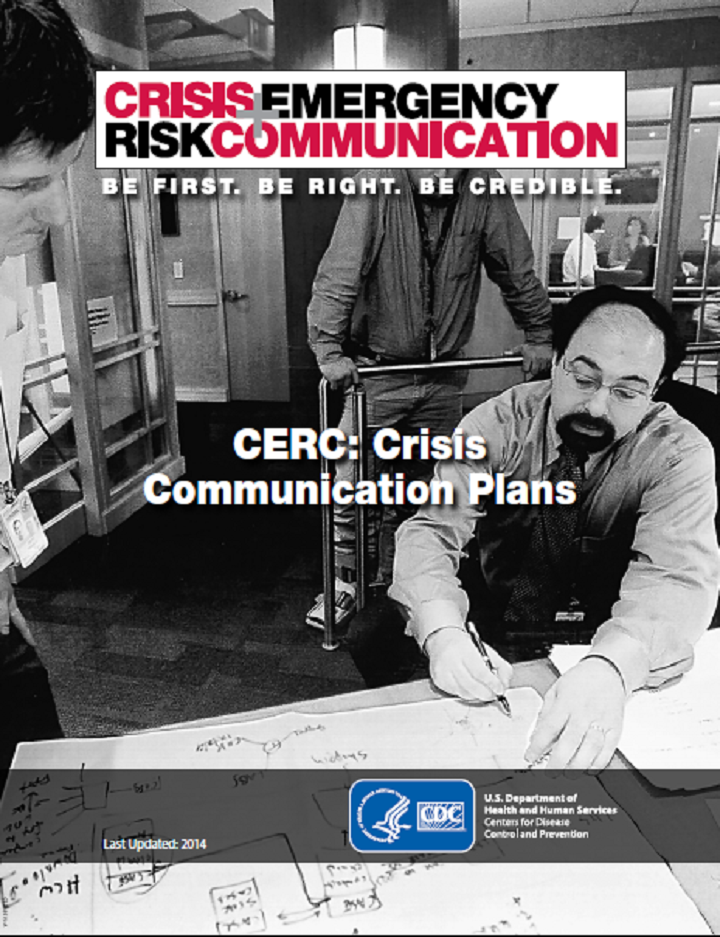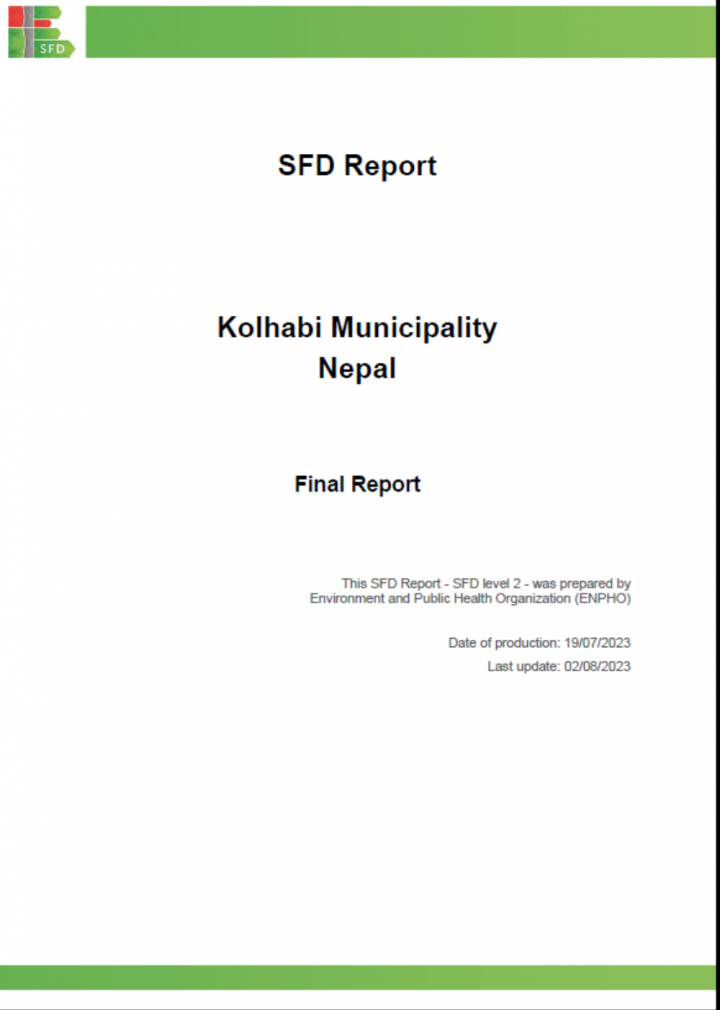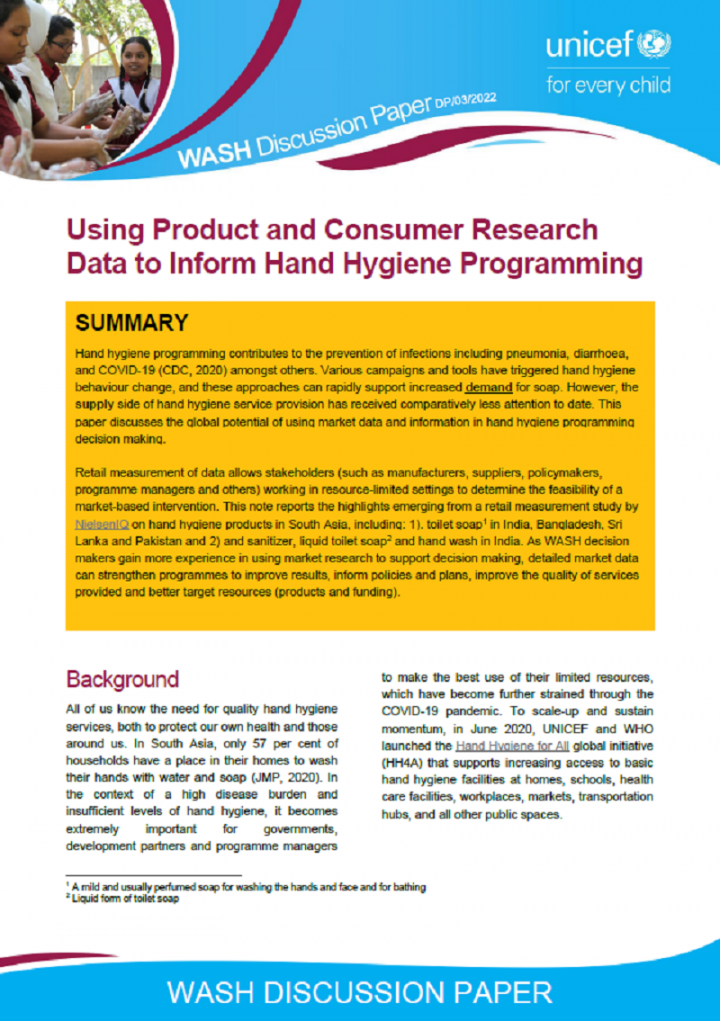Searching for information on Sanitation Workers?
The Sanitation Workers Knowledge + Learning Hub is the best source for all current news, trends, articles and updates on sanitation workers rights around the world.
Handwashing with soap effectively prevents diarrhoea, a leading cause of death in infants. Theory-based interventions are expected to promote handwashing more successfully than standard approaches. The present article investigates the underlying change processes of theory-based handwashing interventions. A nonrandomised field study compared a standard approach to two theory-based interventions …
Three billion people – 40 per cent of the world’s population – do not have a place in their homes to wash their hands with water and soap. Threem quarters of those who lack access to water and soap live in the world’s poorest countries and are amongst the most vulnerable: children and families living in informal settlements, migrant and refugee camps, or in areas of active conflict. This …
This is a set of technical drawings for a FSTP built at Wayanad, Kerala. It will be useful for designers of FSTPs for small and medium towns. The schematics are provided in metric units. It has top views, hydraulic flows, unloading platform, screen chamber details, anaerobic digester, intermediate storage tank, drying beds, tiger bio-filters and the overall plan.
The transition to the Sanitation Economy presents a transformational opportunity to ensure a sustainable future for sanitation systems that can provide alternatives to the cost burdened systems of today, towards cost recovery and full of life-improving innovations, business and commercial investment opportunities - that could turn the outlook for SDG 6 around and ensure the resilience of …
Photovoice is a participatory action research strategy by which people create and discuss photographs as a means of catalyzing personal and community change. The use of photovoice as an effective tool for carrying out participatory needs assessment, conducting participatory evaluation and reaching policy-makers has been discussed elsewhere. Here the authors examine the claims made for the …
Several members of the Communicating with Disaster Affected Communities (CDAC) Network have recognised the need to work with rumours in their missions to prevent the loss of lives and alleviate suffering. Notably, Internews with their pioneering inter-agency model, the World Health Organisation and United Nations Office for the Coordination of Humanitarian Affairs have made considerable efforts …
Abstract:
Studies show positive impacts of social support onchildcare practices, but there is limited research onchild toilet training. Social support with toilet trainingmay be especially important for rural Indian caregiversas this is a new childcare practice for many andmothers face an already demanding workload. The aimof this study was to examine the role of social supportin toilet …
Gaur Municipality is in Nepal’s southern Terai area. The municipality was formed in April 1992 by merging Gaur, Tikuliya, Purenywa, Sirshiya and Swagadha Village Development Committees (VDCs). The municipality is divided into nine political ward boundaries. According to the census 2021, the municipality has a total population of 39,846 and there are 7,235 households with an annual growth rate …
The Uganda Nutrition and Early Childhood Development Project was one of the World Bank's first projects to demonstrate the value-added of strategic communication. The strategic communication component developed for this project included the use of formative research about values and attitudes with respect to child rearing, in order to develop and test effective messages. The communication …
The technologies mentioned in this document have been shortlisted based on topographical considerations, technical feasibility cost effectiveness and scalability. Moreover, these technologies should be easy to operate and require minimal intervention of skilled personnel, which is otherwise a limitation in rural areas.
The Technical Manual is intended to provide the reader with suggestive …
This session focuses on the changing terminology to describe sanitation work and workers, and persistent forms of stigma and discrimination that many workers face today. The speakers raise important questions about representation of workers in global and national-level advocacy, and the ongoing struggle to be recognised as an essential workforce.
Speakers
1. Dr. Sheeva Y. Dubey (Assistant …
One of the main objectives of development practitioners is to enable people to adopt and practice positive behaviours that help them to improve the quality of their lives. Development projects frequently make assumptions about why people do not follow the positive behaviors these interventions promote. However, such assumptions are often wrong and decrease the effectiveness of well-intended …
Since the establishment of the International Scheme to Evaluate Household Water Treatment Technologies (the Scheme) in 2014, WHO has been independently evaluating the performance of household water treatment (HWT) technologies in removing microbial contaminants from drinking-water. The results of the evaluation are intended to guide procuring United Nations (UN) agencies and Member States in HWT …
With financial support from the Swiss Agency for Development and Cooperation (SDC) and the technical assistance of WSP-LAC, the Honduras Water and Sanitation Network carried out a field survey on pumps being used in Honduras directed at identifying successful options for replication.
The following report presents advantages and limitations of two types of low-cost pumps - the EMAS Flexi and the …
Our vision is a world in which every child affected by an emergency wherever she/he is – at home or displaced; in schools; and in health institutions – has the right and access to safe water supply and adequate sanitation facilities and is enabled to perform basic hygiene.
This operational guidance outlines the role Humanitarian WASH will play within Save the Children 2019-2021 strategy. The …
There is an increasing awareness among humanitarian actors, including those within the Red Cross Red Crescent (RCRC) Movement, of the importance of improving environmental sustainability of programming and operations. Many are recognising that the deteriorating state of the environment can often be a trigger for crises and disasters. There is an urgent need to break the cycle between conflicts, …
Kolhabi Municipality is situated in Bara District of Madhesh Province in the southern region of Nepal. It is divided into 11 wards and covers an area of 157.40 sq. km. It was restructured by merging the already-existing Kolhabi, Sapahi, Prasauna, Kakadi, Amab, Bachhanpurwa, Rampurwa Village Development Committeees (VDCs) and some wards from VDCs Sinhasani (wards 1 and 2), Haraiya (ward 6), …
At a webinar on 5 May, 2021, World Hand Hygiene Day, IRC, UNICEF, WaterAid India, WHO and the SuSanA India chapter organized a webinar with experts from the field of public health, WASH, disaster management and more. The objective was to reach civil society organizations from across India with a Call to Action. It urged CSOs, local government institutions and other local networks to prioritize …
The Americas Regional Office of the International Federation of Red Cross and Red Crescent Societies (IFRC), through its Zika Response Team, has adapted an interactive toolkit and teaching guides for Zika, Dengue and Chikungunya Prevention to the regional context by translating the materials to Spanish and adding a Seasonal Calendar for Vector Control to the toolkit. Additionally, the Zika …
Wayanad's pilot project on faecal sludge management (FSM) has encouraged risk-informed programming, innovation, in the sanitation sector. A unique waste management system has been commissioned in Wayanad that uses vermifiltration (use of worms) to process waste and turn it into compost and useable greywater.
Hand hygiene programming contributes to the prevention of infections including pneumonia, diarrhoea, and COVID-19 (CDC, 2020) amongst others. Various campaigns and tools have triggered hand hygiene behaviour change, and these approaches can rapidly support increased demand for soap. However, the supply side of hand hygiene service provision has received comparatively less attention to date. This …

